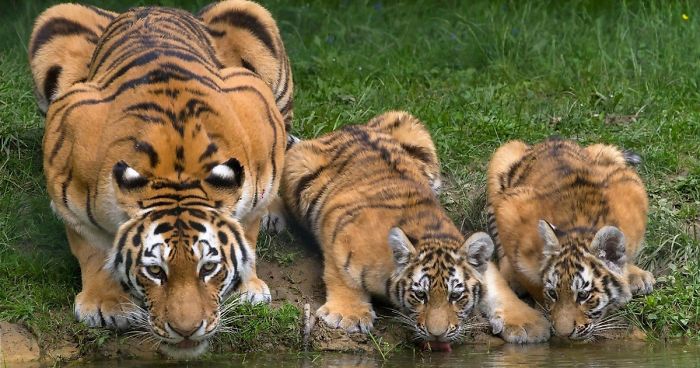
Turns Out, Tigers Have Spots That Look Like Eyes On Their Ears To Confuse Prey
While nature offers us such lovely sights as kittens and adorable otters swimming while holding hands, it can also dish out some rather terrifying affairs. And while some people might find big cats cute, majestic and glorious, there is also a sense of danger around them that none of us can deny. After all, how many of you would like to face a tiger alone in the jungle?
An apex predator, a tiger drives fear in both their animal prey as well as humans observing them. We all can recognize this majestic animal from its distinctive dark vertical stripes on reddish-orange fur with a lighter underside. But there’s more to this cat’s coat than catches the eye at first.
Tigers have spots on the backs of their ears that look like eyes!
Image credits: Philippe Rivier
Image credits: skeeze
Turns out, tigers have ocellus that are eye-like markings on their ears. Pretty neat, huh? While most often observed on butterflies, this feature is exhibited by a variety of animals including reptiles, fish, and birds (think peacock!). The eye-like marking often works as a defense mechanism where a prey animal mimics the eyes of a larger predator animal. However, self-defense is not the only reason some animals have this sort of marking, sometimes it’s just a matter of spandrels or accidental pattern formation.
Image credits: 12019
Image credits: Yatinrana
So, since tigers are apex predators, what is the deal with them having those eye-like markings? Well, there are actually two theories as to why. One of them assumes that those eye-markings act as a form of intimidation and make it seem as if tigers can see everything around them, discouraging any other animals from messing around. It also makes them appear bigger than they are.
Image credits: Alexandru Panoiu
Image credits: Philippe Rivier
Another theory is that the markings help tigers communicate with one another and the display of white markings to someone facing them is an act of aggression. When threatened, tigers tend to twist their ears so the backs face the front, exposing the white spots.
Image credits: Philippe Rivier
Image credits: Philippe Rivier
There are many that speculate that those markings are there for both of those reasons. So if you combine these theories, tigers have those eye-marks to appear as the big boss that’s not to be messed with.
Here’s what some people had to say about this phenomenon
42Kviews
Share on FacebookHowever big and powerful almost any alpha predator is slightly more vulnerable when för example drinking or relaxing - so yeah, eye-like spots would be an evolutionary advantage
It wasn't that long ago when tigers had formidable enemies like giant short-faced bears, giant hyaenas, and sabertooths across their ranges.
Seems like the ocelli look more eyelike at the water's edge when the tiger's head is down. Bobcats have ocelli too and are vulnerable to alligator.
Load More Replies...However big and powerful almost any alpha predator is slightly more vulnerable when för example drinking or relaxing - so yeah, eye-like spots would be an evolutionary advantage
It wasn't that long ago when tigers had formidable enemies like giant short-faced bears, giant hyaenas, and sabertooths across their ranges.
Seems like the ocelli look more eyelike at the water's edge when the tiger's head is down. Bobcats have ocelli too and are vulnerable to alligator.
Load More Replies...
 Dark Mode
Dark Mode 

 No fees, cancel anytime
No fees, cancel anytime 


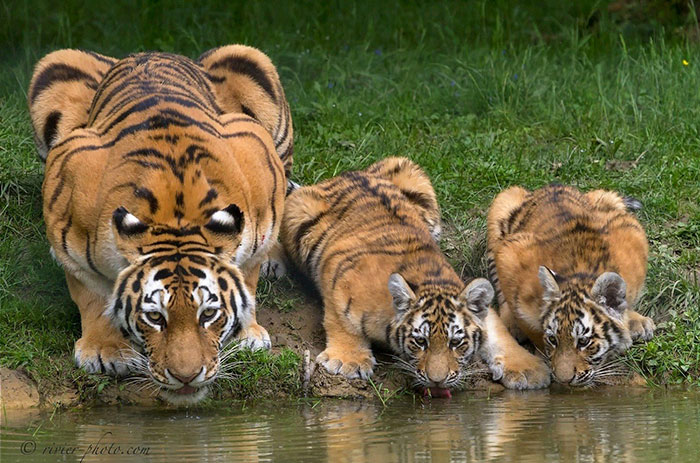
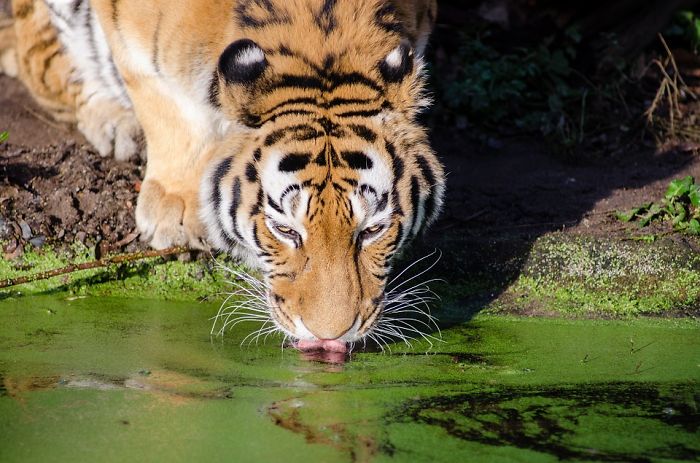
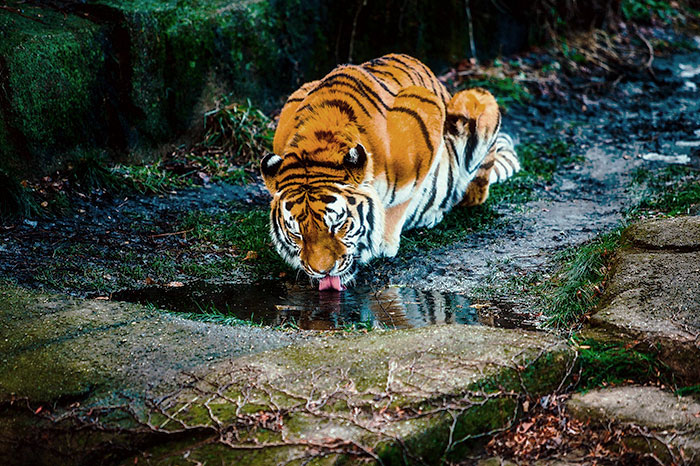
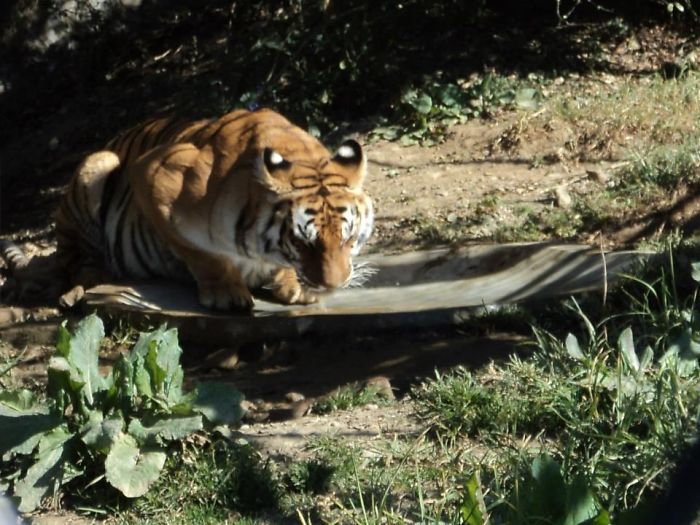
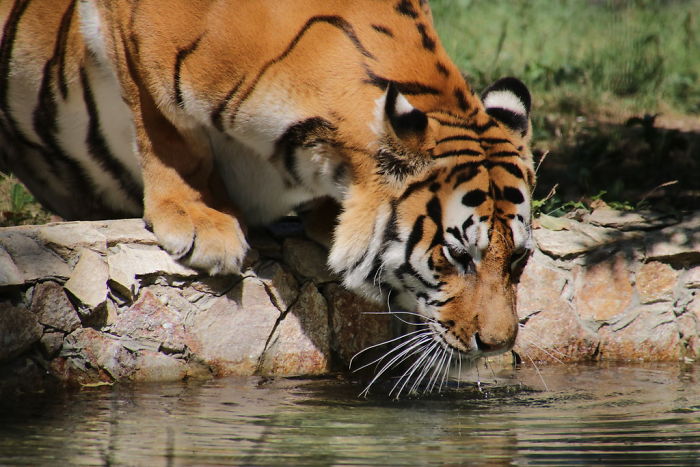
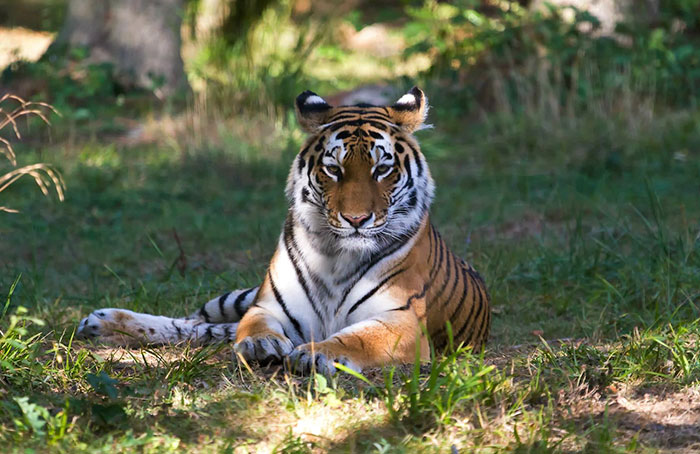

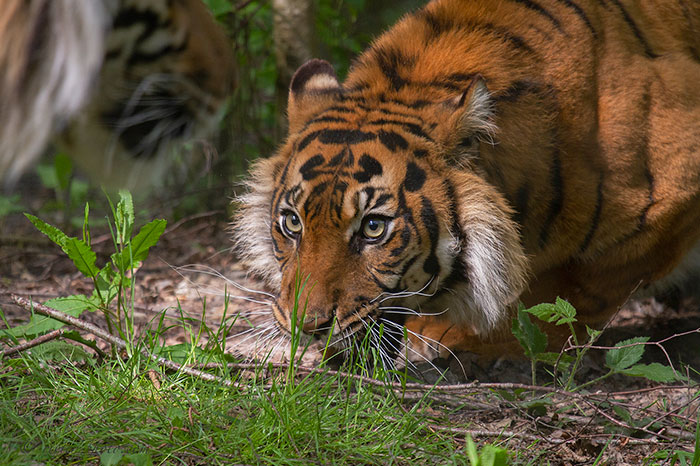





























160
22